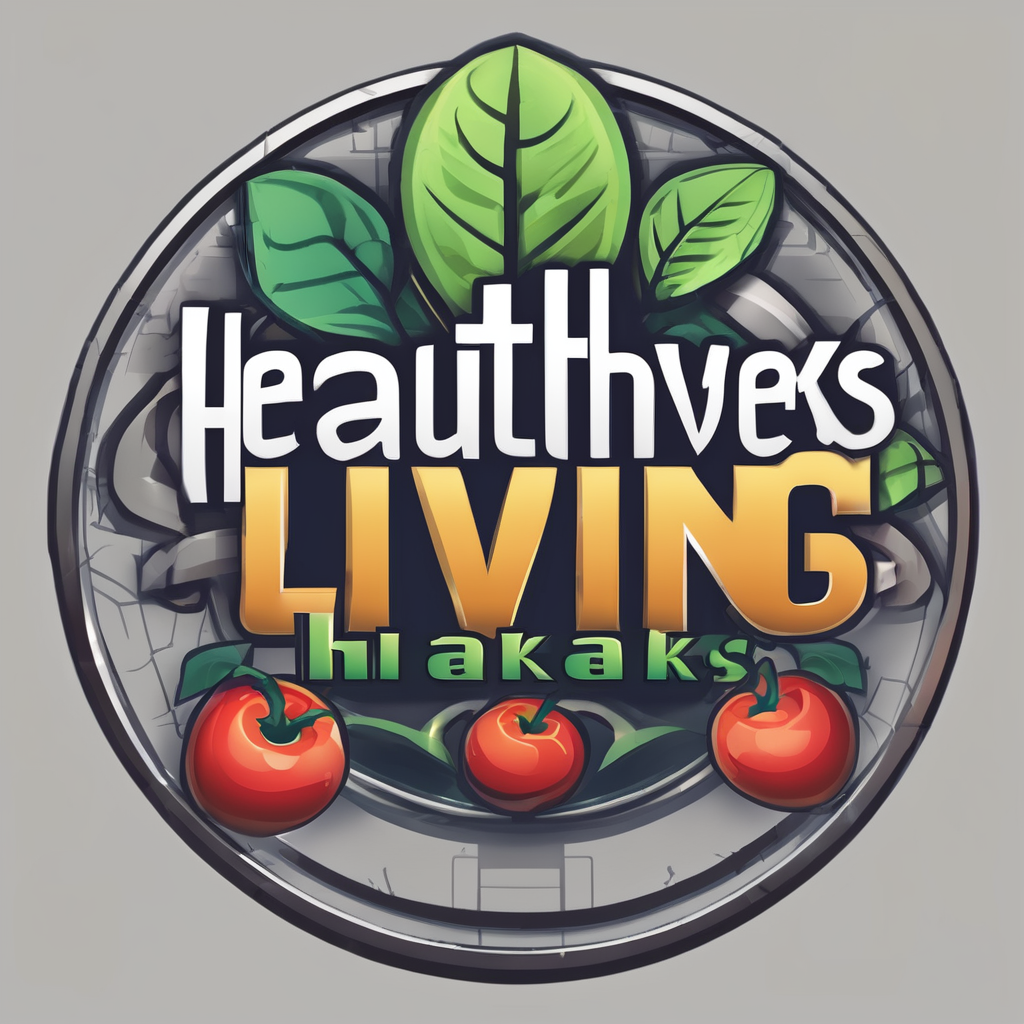As we age, the prevalence of chronic health conditions tends to increase. One of these conditions is osteoarthritis, a degenerative joint disease that is often associated with chronic pain. The management of this pain becomes a crucial aspect of healthcare for older adults. This article explores effective strategies for managing chronic pain in elderly patients with osteoarthritis, focusing on evidence-based guidelines, assessment techniques, and the role of healthcare professionals in providing comprehensive care.
The Prevalence of Chronic Pain in Older Adults
The issue of chronic pain in older adults is more widespread than many people realise. Studies show that the prevalence of pain increases with age, especially in those suffering from diseases like osteoarthritis. Therefore, it’s essential for healthcare professionals to be well versed in evidence-based pain management strategies.
Topic to read : What strategies should UK healthcare providers employ to address mental health in adolescents post-pandemic?
In the UK, the prevalence of pain in older people is substantial. In fact, one study found that over half of adults aged 75 and over reported experiencing pain that lasted for a day or more in the past month. This statistic underscores the importance of effective pain management strategies for the older population.
Chronic pain in older patients can have debilitating effects, including reduced mobility, increased dependency, and a diminished quality of life. It can also contribute to mental health issues like depression and anxiety. Therefore, effective pain management is not just about alleviating physical discomfort; it’s also about improving overall health and wellbeing.
Also read : Empowering UK Geriatricians: Strategies for Optimizing Medication Management in Seniors Facing Polypharmacy
The Role of Health Assessment in Pain Management
Regular and thorough health assessments are vital for effective pain management in older patients. Assessments help identify the severity and cause of the pain, guide treatment decisions, and monitor the effectiveness of pain management strategies.
One of the key components of pain assessment is the use of validated pain scales, such as the Numeric Rating Scale (NRS) or the Visual Analog Scale (VAS). These tools allow patients to quantify their pain, providing a more objective measure for healthcare professionals to work with.
Healthcare professionals also need to be aware of the potential for undertreatment of pain in older adults. Age-related changes in drug metabolism, concerns about medication side effects, and patient reluctance to report pain can all contribute to this issue. Regular assessments can help to overcome these barriers and ensure that patients receive the pain relief they need.
Evidence-Based Guidelines for Pain Management
When managing chronic pain in older adults, it’s important to rely on evidence-based guidelines. These guidelines are developed based on scientific research and aim to improve the quality of care provided to patients.
The National Institute for Health and Care Excellence (NICE) provides guidelines for the management of osteoarthritis in adults. The guidelines recommend a combination of pharmacological and non-pharmacological treatments, tailored to the individual needs and preferences of each patient.
Non-pharmacological interventions can include physical activity, weight management, and patient education. Pharmacological treatments, on the other hand, can involve the use of over-the-counter painkillers, topical nonsteroidal anti-inflammatory drugs (NSAIDs), and opioids for severe pain.
It should be noted that the guidelines recommend a cautious approach when prescribing opioids for older adults, due to the associated risks, such as constipation, dependence, and falls. Therefore, it’s important to carefully weigh the benefits and risks of each treatment option.
The Role of Healthcare Professionals in Pain Management
Healthcare professionals play a pivotal role in managing chronic pain in older adults. Not only do they administer treatments and conduct assessments, but they also provide education and emotional support to patients.
Studies show that a multidisciplinary approach to pain management is most effective. This approach involves a team of healthcare professionals from different disciplines, such as doctors, nurses, physiotherapists, and psychologists, all working together to address the various aspects of pain management.
Healthcare professionals can help patients understand their condition and the importance of adhering to treatment plans. They can also provide reassurance and support to patients who may be concerned about the potential side effects of medication or the impact of their condition on their daily life.
Moreover, healthcare professionals should actively involve patients in decision-making processes. Shared decision making respects individual patient preferences and values, promotes autonomy, and can lead to improved patient satisfaction and outcomes.
How Technology Can Aid in Pain Management
In this digital age, technology can play a significant role in helping to manage chronic pain in elderly patients. For instance, telehealth services allow for remote patient monitoring and virtual consultations, which can be particularly beneficial for patients who have mobility issues or live in rural areas.
There are also numerous mobile apps that can help patients track their pain levels, monitor their medication usage, and learn relaxation techniques, among other features. Some of these apps have been shown to have a positive effect on pain management, according to a number of studies.
Furthermore, wearable devices like smartwatches can monitor physical activity levels, sleep patterns, and even heart rate – all of which can provide useful insights into a patient’s overall health and response to pain management strategies.
However, while technology offers exciting possibilities for pain management, it’s important to remember that it should complement, not replace, traditional care. Face-to-face consultations are still crucial for building patient-provider relationships and conducting thorough physical examinations.
Educating Patients and Caregivers about Pain Management
Educating patients and their caregivers about chronic pain and its management is an essential step in the successful treatment of osteoarthritis. Knowledge is power, and when patients with long term conditions and their caregivers understand the nature of their condition and the reasoning behind their treatment plans, they are more likely to adhere to them.
For elderly patients, it’s the understanding of their pain and the logic behind the management techniques that can provide a sense of control and reduce anxiety associated with chronic pain. The education should cover the causes and progression of osteoarthritis, the importance of pain assessment, the role of medication and possible side effects, the value of non-pharmacological interventions, and the significance of regular follow-ups.
Healthcare professionals should ensure the information is provided at a level the patient can understand, avoiding overwhelming medical jargon. The use of visual aids, written materials, and digital resources can also be beneficial. It’s equally important to check the patient’s understanding and provide opportunities for them to ask questions.
For caregivers, education can help them better support the patient. They can assist in monitoring pain levels, remind patients to take their medication, encourage participation in physical activities, and provide emotional support. They also serve as a crucial link between the patient and the healthcare provider, especially in identifying side effects or changes in the patient’s condition.
In conclusion, patient education is a dynamic process that involves ongoing communication, with the key goal being to empower patients and caregivers in managing pain effectively.
Conclusion: Managing Chronic Pain in Elderly Patients with Osteoarthritis
Elderly patients with osteoarthritis often deal with chronic pain, which can have a profound impact on their quality of life. In the UK, the prevalence of chronic pain in older adults is substantial, highlighting the need for effective pain management strategies.
Regular health assessments are vital in ascertaining the severity of the pain and its root cause, as well as in guiding treatment decisions and monitoring the success of pain management strategies. It is crucial for healthcare professionals to use validated pain scales like the NRS or VAS, to ensure that the patient’s pain is accurately measured and understood.
The use of evidence-based guidelines provided by institutions like NICE is central in managing chronic pain. Effective management often involves both pharmacological and non-pharmacological interventions, designed to meet each patient’s unique needs and preferences. The incorporation of technology, such as telehealth services and mobile apps, can also be beneficial in supporting traditional care.
Ultimately, the role of healthcare professionals in managing chronic pain in elderly patients is crucial. A multidisciplinary approach involving doctors, nurses, physiotherapists, and psychologists is most effective. Importantly, patients should be actively involved in decision-making processes, respecting their autonomy and leading to improved patient satisfaction and outcomes.
In sum, the successful management of chronic pain in elderly patients with osteoarthritis requires a comprehensive approach that is evidence-based, patient-centered, and adaptive to individual needs and circumstances.











